El Air Scoop de NOVA es una boca de cajón optimizada que eleva la presión interna de la vela. Air Scoop is an optimised air intake, which increases the internal wing pressure. El principio del Air Scoop de NOVA es similar al de las toberas de admisión de aire de un coche deportivo: un mayor flujo de aire produce una mayor presión. En un parapente, una presión interna más alta supone más prestaciones gracias a una mayor estabilidad estructural y una mayor resistencia a las plegadas.
Con el patronaje 3D, una costura en el extradós se extiende sobre toda la envergadura y reduce la cantidad de arrugas que produce una curvatura sobre dos ejes. Dos ejes, sí, porque el tejido de la vela tiene que adaptarse a la forma del perfil y el abombamiento también determina un radio que el tejido se ve obligado a seguir.
Una cinta de tensión cerca del borde de fuga tiene varias ventajas. En primer lugar, esa cinta reduce la arruga en el extradós que se forma cuando se frena. En segundo lugar, la vela es más compacta, es decir, se deforma menos cuando planea en aire movido. Para maximizar esas dos ventajas, fue necesario ubicar muy atrás esa cinta y ponerla en la zona de las mini-costillas.
Además del patronaje 3D normal, en cada cajón hay una costura en zig-zag 3D, hecha así para que no discurra en el sentido de la envergadura. Esto significa que dicha costura tiene un trazado más limpio y es más efectiva desde el punto de vista aerodinámico. Esta innovación reduce las arrugas en el borde de ataque.
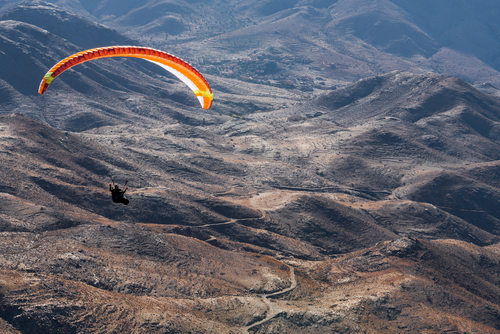
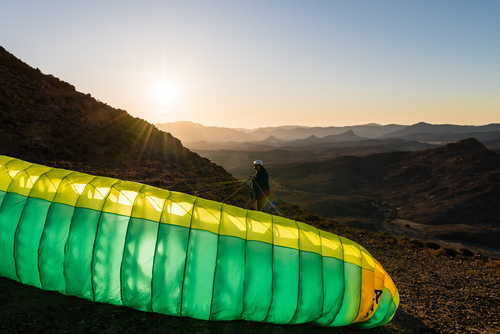
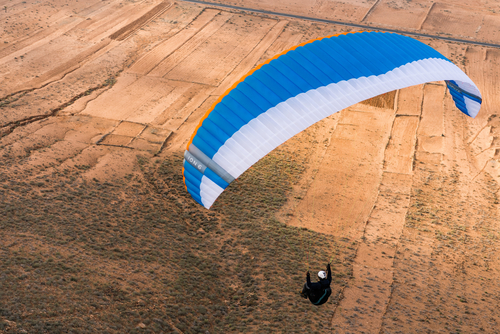
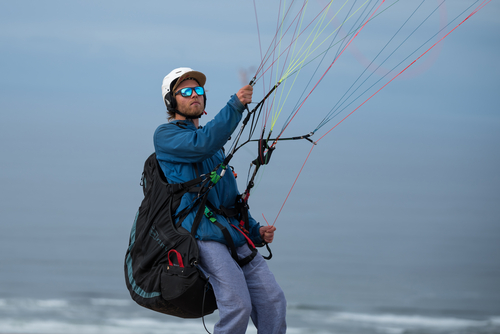


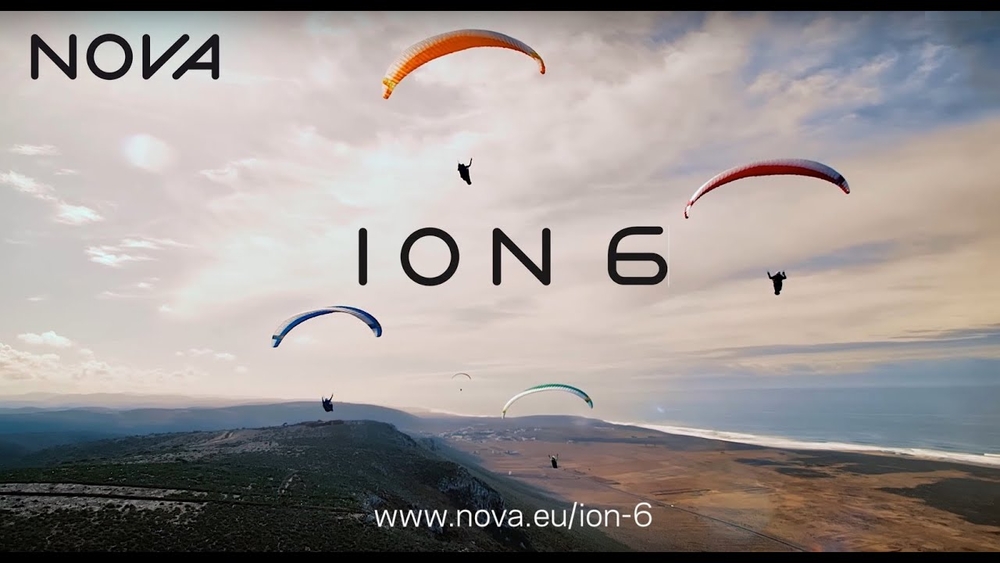
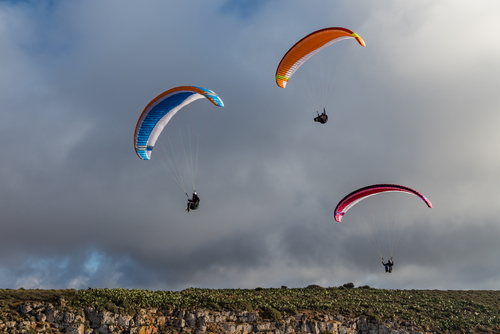
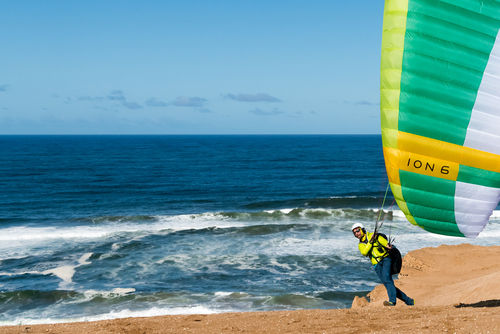
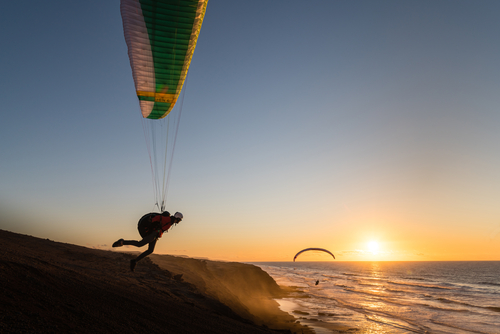
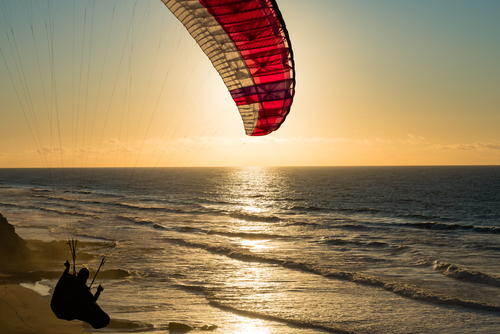
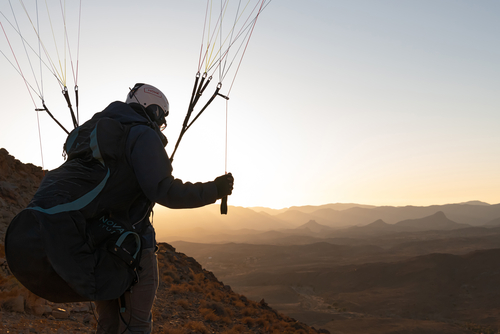
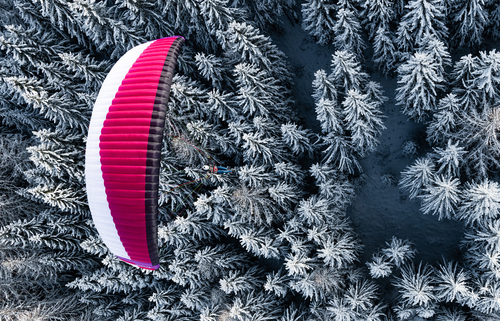
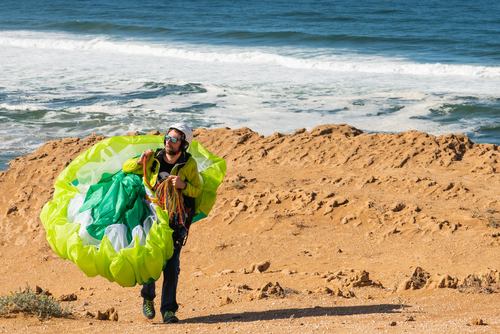

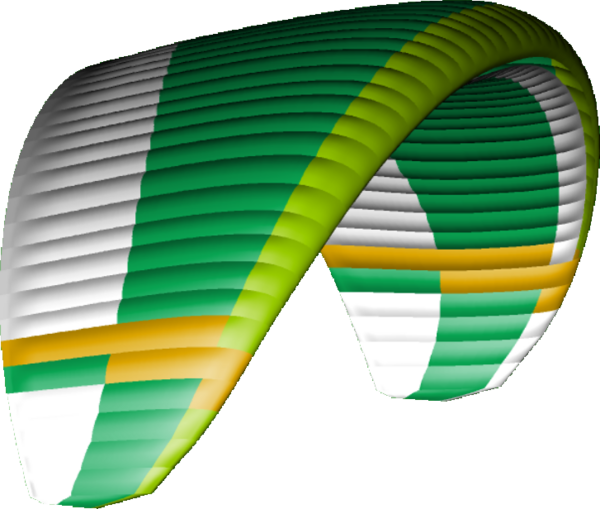 Green
Green
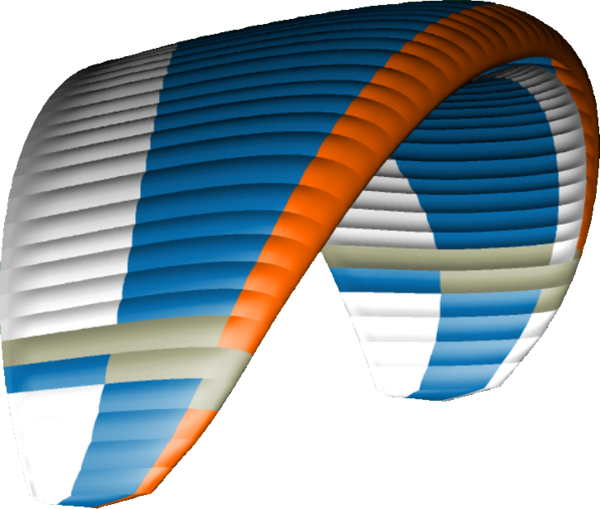 Blue
Blue
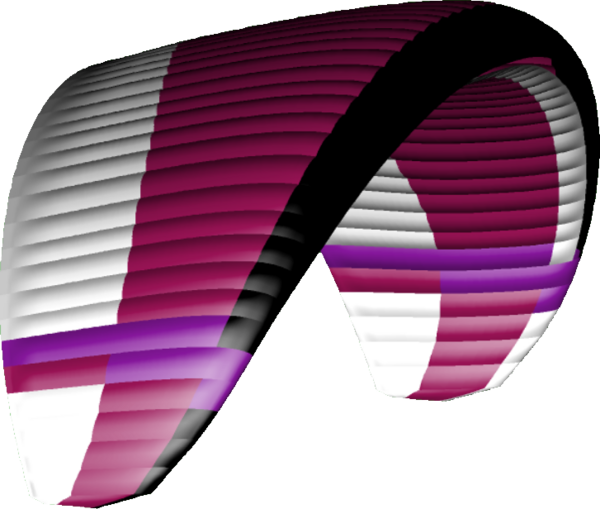 Sangria
Sangria
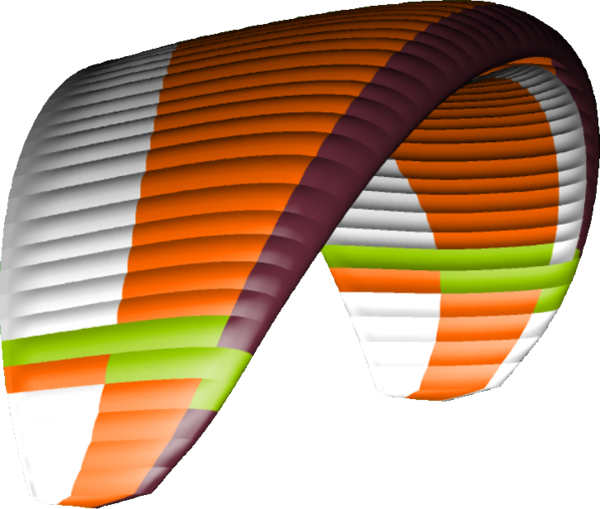 Orange
Orange
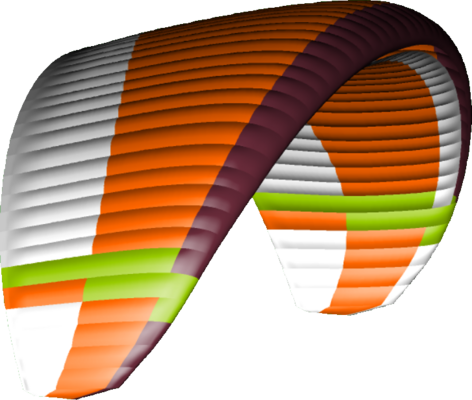







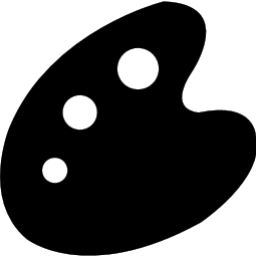

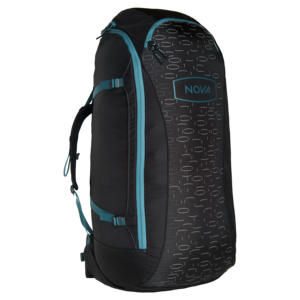 NOVA Rucksack.
NOVA Rucksack.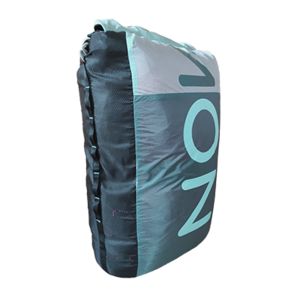 NOVA Stuff Sack.
NOVA Stuff Sack.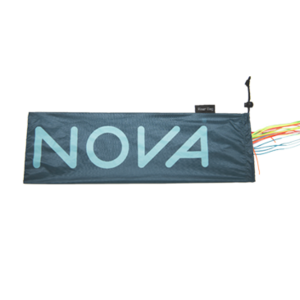 NOVA Riser Bag.
NOVA Riser Bag. Manual.
Manual.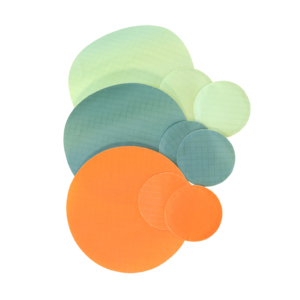 Repair kit.
Repair kit.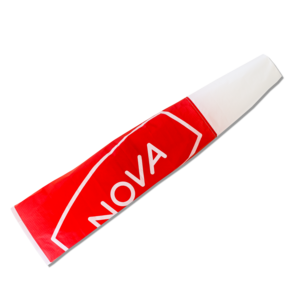 NOVA windsock.
NOVA windsock.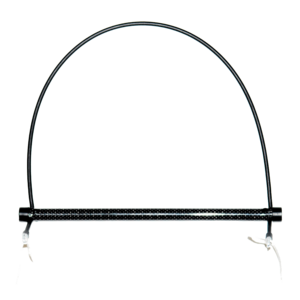 Speed system.
Speed system.